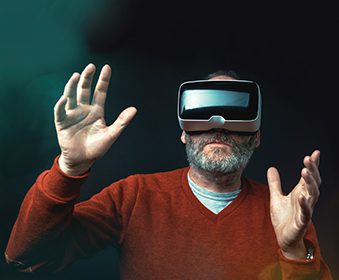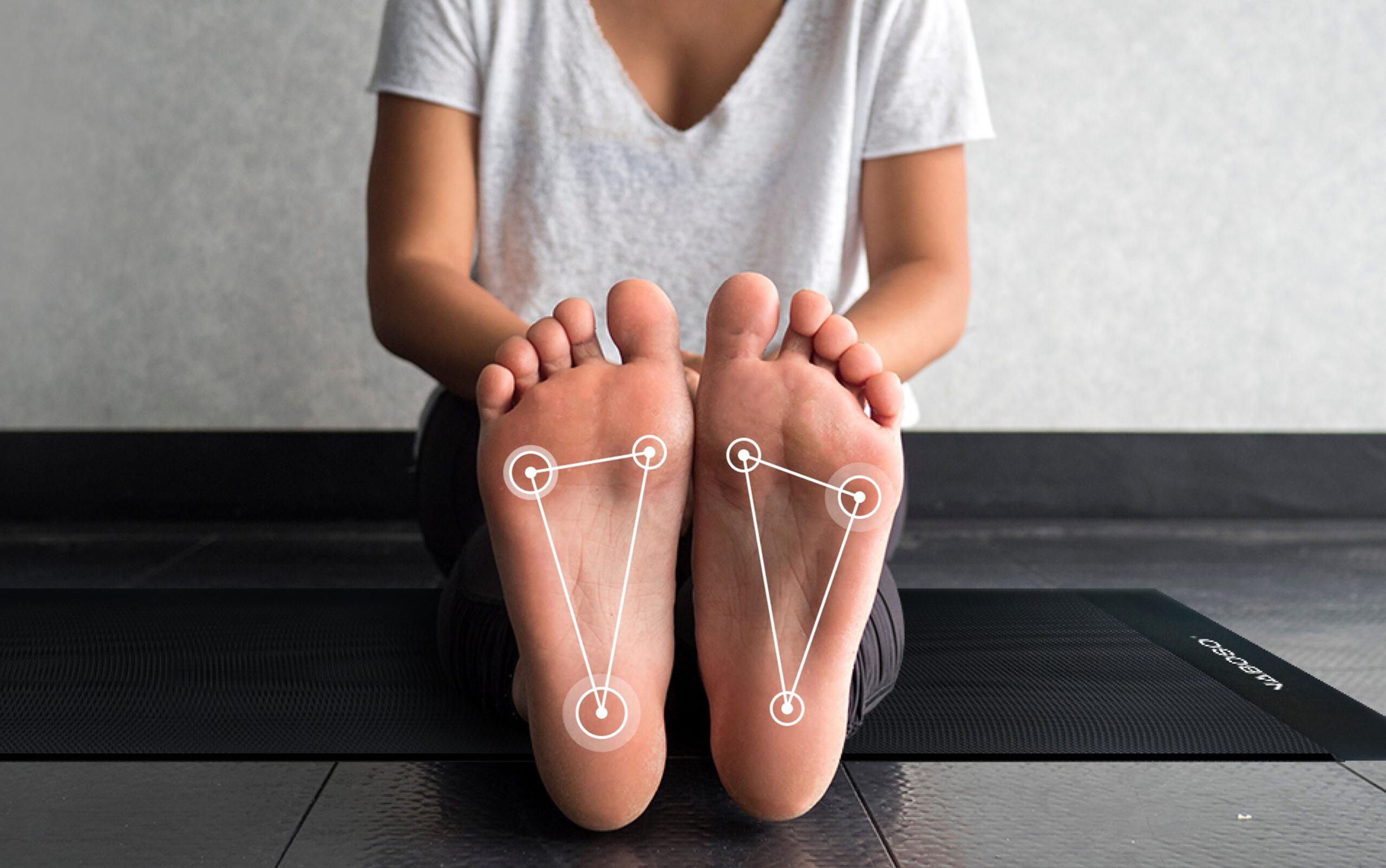vir·tu·al re·al·i·ty
vrCH(w)l rēaldē
noun COMPUTING
The computer-generated simulation of a three-dimensional image or environment that can be interacted with in a seemingly real or physical way by a person using special electronic equipment, such as a helmet with a screen inside or gloves fitted with sensors.
It seems we hear the term “virtual reality” more and more everyday. For most of us, it conjures up images of futuristic movies where people are living in created utopian worlds, fighting evil forces or trying to save mankind. Well, as they say, truth can be stranger than fiction. Today, virtual reality really is changing the world and might actually help save mankind… or at least let us have a little more fun!
Let’s explore a few areas where virtual reality is already having an impact and how we can all benefit.
Travel
Many of us dream of exciting, thrill-inducing excursions like climbing Everest or diving with Great White sharks in South Africa. Virtual reality is now making that possible for everyone. Virtual reality systems such as Everest VR or Teleport Tahiti are giving the masses the opportunity to climb the tallest mountains on earth, listen to the waves crash on far-away beaches or zip-line through an Amazonian forest. For many people, travel is limited due to time, resources or physical limitations; virtual reality is now breaking down these barriers and opening up the world!
Healthcare
Virtual reality has altered the healthcare industry in a very big way. Not only are physicians using VR for training and educational purposes, but they are now utilizing it for the planning of complex surgeries. In many complicated cases, such as separating conjoined twins or fixing brain aneurysms, doctors are using MRI, CT, and ultrasound scans to create virtual models of their patients. This allows the doctor to explore the “inside” of their patients without making a single cut. Removing the potential for surprises during the actual operation greatly improves the likelihood of a successful outcome.
VR is also being used to help with pain and anxiety associated with many medical procedures. Studies have proven that by immersing patients in a peaceful, happy, virtual world, they show lower anxiety levels and sometimes higher pain thresholds. This tool is particularly effective for patients undergoing chemotherapy, dialysis or even skin grafts. During minimally invasive procedures, VR is also utilized as a way to better manage pain for older patients where anesthesia is too risky.
Conceptualization
Studies regularly list building a new home or an extensive remodel as one of the most stressful life events and for those of us who have gone through one or both, we agree! Fear not, virtual reality to the rescue. Many new VR systems are proliferating the homebuilding industry. Most national builders are now offering VR as a way to pick your cabinets, flooring, lighting and more, all in a virtual world. There are even VR systems available to the masses that allow you to test out different furniture, paint colors or that new piece of art—all before making the purchase.
VR conceptualization doesn’t stop with homebuilding. Urban planners are using VR to better design parks, roadways, sidewalks and other public spaces, ensuring a great user experience before the first shovel goes in the ground.















